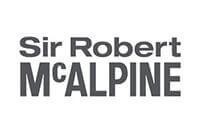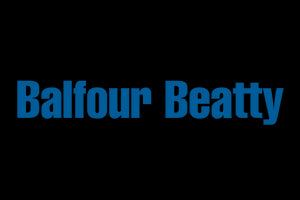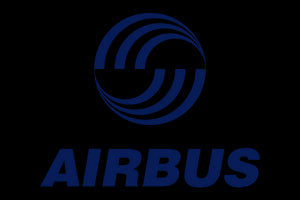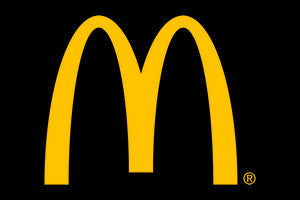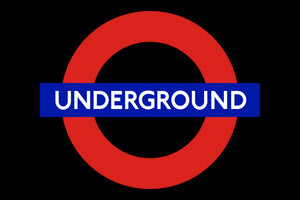Replacing HVAC in a live hospital carries more than a cleanliness risk; dust can transport pathogens and disturb legacy materials. The priority is to isolate the work, maintain negative pressure in the zone, and verify that dust does not migrate into patient areas.
Plan isolation and routes
Define the work zone, anteroom, and clean route for waste. Seal returns and unused penetrations. Agree access times with clinical teams to avoid sensitive procedures and restrict pedestrian conflict. Confirm any asbestos or lead risks before disturbance.
Negative pressure and air cleaning
Set up negative air machines exhausting to safe locations through sealed ducting. Use HEPA H14 filtration and confirm airflow under load with pressure readings (Pa) from the work zone to adjacent areas. An air scrubber such as the MAXVAC Dustblocker Pro can maintain continuous filtration within the enclosure while balancing negative pressure.
Barriers and surface protection
Install rigid or temporary barriers to separate works; systems like ZipWall can create fast, sealed partitions without damaging finishes. Protect floors along routes and in the work zone; reusable coverings such as Fleece Flooring help prevent tracking dust into clinical areas.
Clean methods and sequencing
Use tool-mounted extraction and wet methods for cutting. Bag-and-tape debris in small loads. Vacuum surfaces with H-Class machines; avoid sweeping and compressed air. Complete a top-down clean before barrier removal and again after negative air is turned off.
Monitoring and sign-off
Log differential pressures and use a particulate meter to spot-check outside the enclosure during peak activities. Document controls, cleaning, and readings for estates and infection prevention sign-off before handover.
Practical takeaways
- Isolate with sealed barriers and defined routes; check for hazardous materials first.
- Maintain negative pressure with H14 filtration and verify with pressure logs.
- Protect floors and prevent tracking; clean top-down with H-Class vacuums.
- Use wet methods and tool extraction to minimise generation.
- Record PM readings and pressures to support sign-off.
Disciplined isolation, verified airflow, and clean work methods allow HVAC upgrades to proceed without compromising patient care or the hospital’s reputation for cleanliness.
Speak with a Dust Expert
Every site and project is different. If you’d like tailored guidance for your specific scenario, our Dust Experts are here to help.



